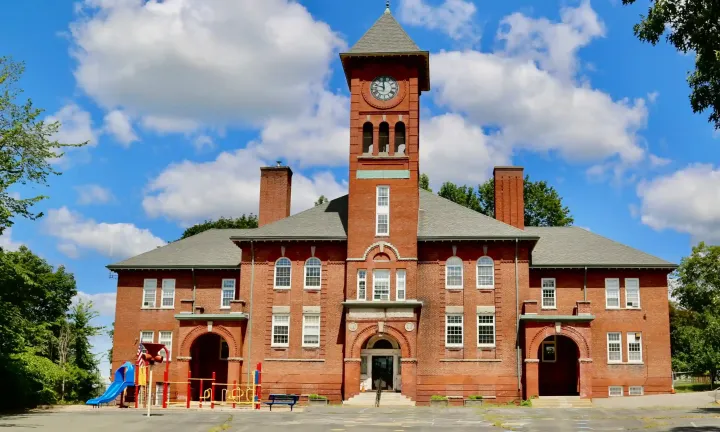For many Massachusetts homebuyers—especially families—school districts are as important as granite countertops or square footage. In fact, a great public school system is one of the most powerful factors driving up property values across the state. But why exactly does education influence real estate? And how can buyers or investors make smart, school-savvy decisions?
In this article, we break down how school district rankings impact home prices, demand, long-term ROI, and which Massachusetts towns are getting top marks in 2025.
🧠 Why Do School Districts Matter So Much?
Whether or not you have children, school quality affects:
Resale value: Homes in top-rated districts attract more offers and retain value
Rental demand: Tenants with children prioritize good schools
Community investment: High-performing districts often reflect better services, lower crime, and active local governance
“A good school system creates a halo effect—it lifts everything around it, including home values.” — Rachel Smith
📈 What the Data Shows in 2025
According to recent housing market analysis in Massachusetts:
Homes in the top 10% of school districts are priced 15–30% higher than comparable homes in lower-performing areas
Even in a soft market, homes in strong districts sell faster and with fewer price reductions
Towns like Lexington, Newton, Weston, and Brookline consistently top both school rankings and median price charts
Example:
| Town | Avg. Home Price (2025) | School Rating (out of 10) |
|---|---|---|
| Lexington | $1.45M | 10/10 |
| Newton | $1.35M | 9/10 |
| Brockton | $480K | 4/10 |
| Fall River | $390K | 3/10 |
🏡 What Buyers Should Look For
When evaluating a home's school district:
Check rankings on sites like GreatSchools.org, Niche.com, or MA Dept. of Education
Look at district test scores, graduation rates, and AP offerings
Research funding per student and local school infrastructure investment
Speak with local parents or tour the school if possible
Even if you don't have children, buying in a strong school district protects your investment.
🔄 The School-Value Feedback Loop
High-performing schools attract more buyers
More buyers = higher home demand and prices
Higher home values = increased property tax revenue
More funding = stronger schools
Stronger schools → more demand
This positive cycle keeps neighborhoods like Wellesley, Winchester, and Andover competitive year after year.
🔍 What If You’re an Investor or Landlord?
Buying rental properties near strong schools can lead to:
Longer tenant stays
Higher rent prices
More stable income, especially from families prioritizing district access
Student-heavy towns like Amherst (UMass), Medford (Tufts), and Cambridge (Harvard/MIT) also benefit from consistent rental demand—even though their local K-12 districts vary.
🏘️ Emerging “Value School” Towns to Watch in 2025
Looking for affordability plus a growing district? Consider:
Westborough: Excellent STEM programs, median price still under $800K
Sharon: Diverse community, high graduation rates
Reading: Strong K–12 pipeline, commuter-friendly
These towns offer upside potential for both buyers and long-term investors.
⚠️ Caveats to Keep in Mind
Some top-rated school districts come with higher property taxes
Boundaries may shift—always confirm the assigned school
Private school options may change dynamics in towns with lower public rankings
Always work with a real estate agent who understands local school zone trends and their impact on pricing.
🏁 Final Thoughts
In Massachusetts, school quality and property value go hand-in-hand. Whether you're buying your forever home or planning a strategic investment, prioritizing school districts is one of the smartest long-term moves you can make.
Because when the schools thrive, so does your equity.
